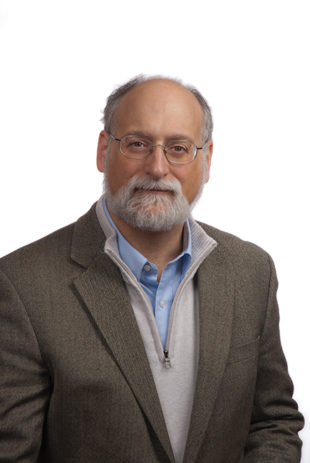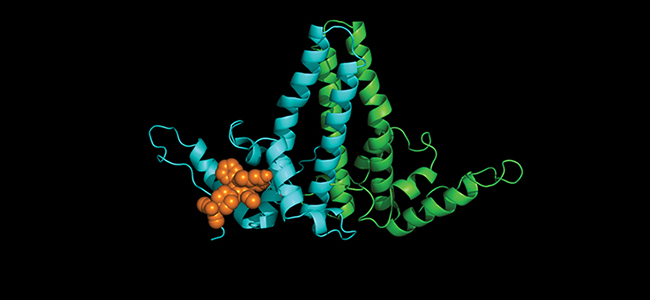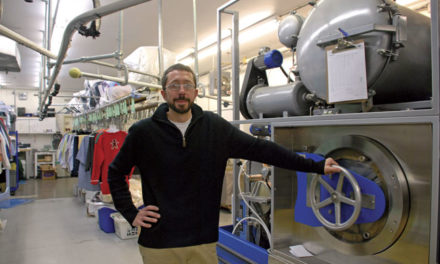
IU Scientists Unravel the Hepatitis B Virus in
Search of a Cure
BY STEPHANIE VON HIRSCHBERG
People tend to think of viruses as harmful, and it’s true that some of them are decidedly unfriendly. Think Zika, Ebola, HIV. But there’s another side to viruses: their physical beauty. Mankind’s ever-evolving technological wizardry now offers images of their spectacular crystalline atomic structure. Even better, scientists can observe the extraordinary way a virus behaves after they take it apart. Unlike Humpty Dumpty, viruses are brilliant at putting themselves back together again — perfectly, almost instantly, in a process called self-assembly.
One particular virus that has long fascinated Adam Zlotnick, a professor in the Department of Molecular and Cellular Biochemistry at Indiana University, is hepatitis B (HBV). He and his colleagues study HBV with the aid of X-ray crystallography and state-of-the-art electron microscopy. Not coincidentally, the sometimes elegant, colorful, even whimsical images that emerge from these technologies are keys to unraveling the virus’ mysteries, thereby laying the foundation for the discovery of a cure.
HBV’s capacity to self-assemble is no mean feat considering the organism’s complex 20-sided geometric structure and 240 protein pieces. “It’s as if you threw a deck of cards into the air and instead of landing flat on the floor, the cards arrange themselves into the Taj Mahal,” says Zlotnick. Complementary surfaces on the proteins act like magnets, pulling the structure back together. “I love trying to understand virus self-assembly,” he says. “It’s the most beautiful puzzle in the world.”








Trackbacks/Pingbacks